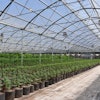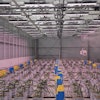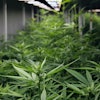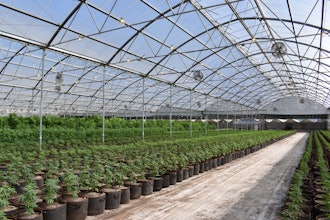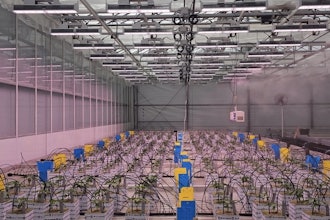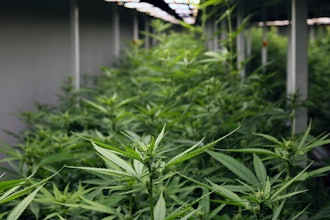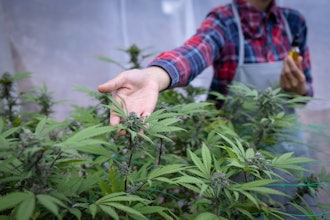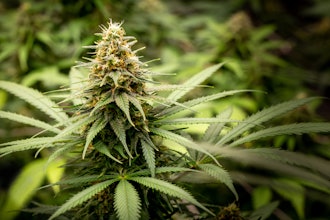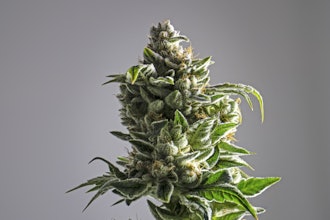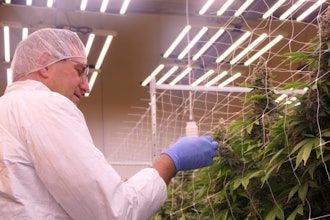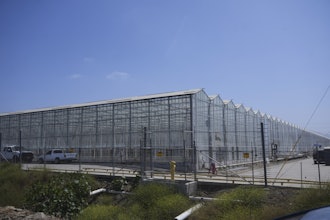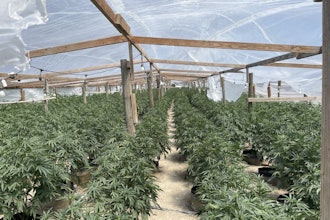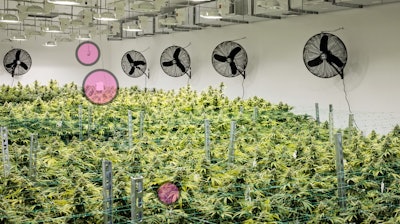
On my journey as an IoT Edge Architect, I've seen firsthand the game-changing potential of integrating Internet of Things (IoT) technology into cannabis cultivation operations. It's like a modern reinvention of the wheel for our industry.
From real-time plant monitoring to smart resource management, IoT devices are spearheading this green revolution. But with the diverse range of devices available, how do you select the most suitable ones for your facility? To help navigate this challenge, here are some crucial insights.
1. Wired vs. Wireless
Picture your cultivation facility as a grand chessboard. Wired IoT devices are like your reliable castles - sturdy but somewhat limited in mobility, ideal for guarding your vital operations. Conversely, wireless devices mirror your knights - agile and adaptable, yet susceptible to signal weaknesses. To strike a balance, your winning strategy should incorporate both kinds of devices.
2. Selecting the Right Protocol
IoT devices communicate in diverse dialects, such as Zigbee, Bluetooth LE, Wi-Fi and the long-range LoRa. Wi-Fi is akin to a town crier, providing high data rates but consuming power voraciously. Bluetooth LE, however, is more reserved, preserving power but with a limited reach. Zigbee strikes a balance, while LoRa excels in long-distance, low-power communication. Thus, tune in to your operational needs and select the suitable protocol.
3. Weathering the Conditions
Given the increased humidity required for optimal cannabis growth, choosing IoT devices capable of enduring these conditions is essential. Your safety net here is a high Ingress Protection (IP) rating, indicating your device's resilience against moisture and dust.
4. Avoiding Vendor Lock-In
Selecting IoT devices can feel like signing a long-term contract with a vendor. My advice? Don't confine yourself to a single provider. Opt for IoT devices compatible with various platforms, ensuring you have room for future maneuverability.
5. Optimizing Device Placement
Your IoT devices serve as your eyes and ears within the cultivation facility. They should be positioned strategically to monitor the key areas that affect cannabis growth. Sensors placed at plant canopy height can monitor the health of leaves and flowers, as well as air distribution and light intensity. Moisture sensors can be positioned closer to the root zone to ensure proper watering. Remember, these devices must be distributed evenly throughout the facility for an accurate snapshot of your entire environment.
6. Identifying the Device's Role
Each IoT device plays a specific role in your operation. Some are your diligent watchdogs, monitoring environmental conditions, while others are puppet masters, managing irrigation and lighting systems. Recognize the functions you need in your operations and select your devices accordingly.
7. Synchronizing Data Formats
Lastly, ensure your IoT devices and data analysis tools speak the same language. MQTT (Message Queuing Telemetry Transport) is a popular lightweight messaging protocol many IoT devices use. It's efficient, easy to implement, and designed for unreliable networks - perfect for managing many high-latency, low-throughput devices.
Choosing the right IoT devices for your cannabis cultivation facility involves a careful evaluation of your unique needs, your operational environment and the available device specifications. By making informed decisions, you can significantly enhance your cultivation efficiency and yield. After all, it's not just about leveraging any IoT technology; it's about using the right kind of technology tailored to meet your specific needs.
Moreover, the power of IoT extends beyond just data collection; it provides actionable insights that can significantly optimize your cultivation process. From identifying plant stress to adjusting lighting for optimum photosynthesis, every small tweak guided by IoT data can make a massive difference in your yield.
But remember, deploying IoT devices is not a one-time setup. It's a continuous process of calibration and refinement, especially as new technologies emerge and cultivation practices evolve.
So, stay focused, leverage the power of IoT, and propel your cannabis cultivation to unprecedented heights. As an IoT Edge Architect, I've seen the enormous value that well-implemented IoT systems bring to cultivation facilities. Now, it's time for you to witness it firsthand.
Shawn Deggans is the owner of Green Nanny LLC, an IoT, AI and data consulting company focused on helping growers spend more time in the garden and less time struggling with technology. For more information, email [email protected] and follow Green Nanny on Instagram.


